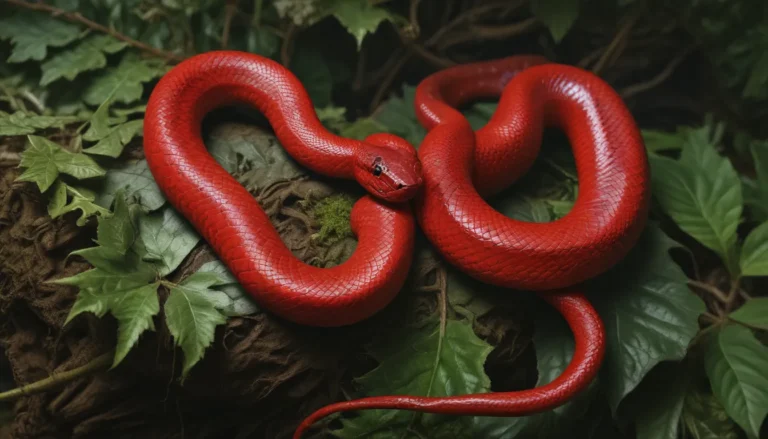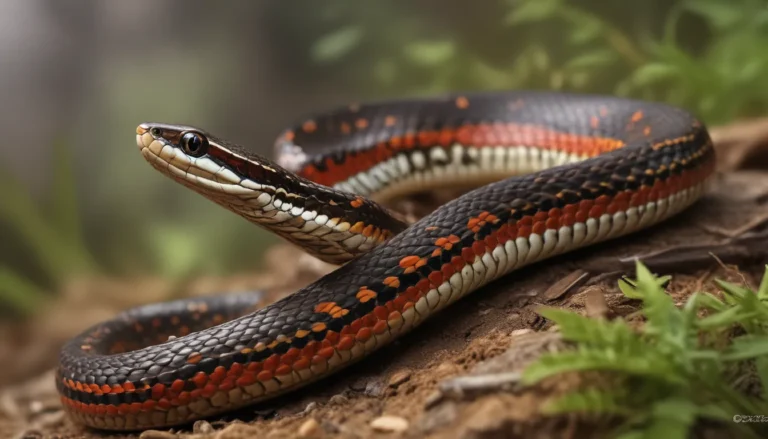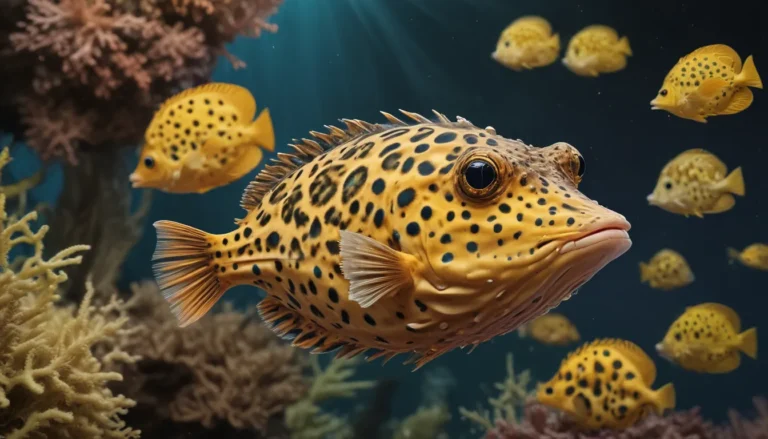The pictures we use in our articles might not show exactly what the words say. We choose these pictures to make you interested in reading more. The pictures work together with the words but don’t take their place. The words still tell you the important facts.
Terciopelo, also known as the Fer-de-Lance snake, is a mesmerizing creature that thrives in the lush landscapes of Central and South America. Renowned for its deadly venom and striking appearance, this pit viper holds a special place in the animal kingdom. In this comprehensive article, we will take a deep dive into the fascinating world of Terciopelo and uncover 18 astounding facts that illuminate its biology, behavior, and ecological significance. Join us on a riveting journey to explore the captivating realm of Terciopelo!
Unveiling the Enigmatic Terciopelo
Terciopelo, scientifically known as Bothrops asper, is a venomous snake species that embodies power and mystery. With its robust physique and formidable fangs, Terciopelo stands out as one of the largest venomous snakes in the Americas. Let's unravel the enigmatic nature of Terciopelo through these 18 captivating facts.
Terciopelo’s Vital Role in the Ecosystem
- Terciopelo plays a crucial role in its ecosystem by regulating the population of smaller animals, thereby maintaining the delicate balance of nature.
- Their unique characteristics, such as ambush hunting tactics and distinctive color patterns, make Terciopelo a versatile and fascinating predator in Central and South America.
The Astonishing Facts About Terciopelo:
-
Size and Strength: Terciopelo boasts an impressive average length of 5-7 feet and can weigh up to 20 pounds, making it a dominant predator in its habitat.
-
Potent Venom: The venom of Terciopelo is highly potent, predominantly hemotoxic, causing severe pain, swelling, and potential organ failure in its victims.
-
Ambush Predation: Terciopelo is an ambush predator, utilizing its camouflaged appearance to lie in wait for unsuspecting prey before delivering a swift strike.
-
Adaptability: Thriving in a variety of habitats, including rainforests and agricultural areas, Terciopelo showcases remarkable adaptability to diverse environments.
-
Reproductive Prowess: Female Terciopelos exhibit viviparity, giving birth to a significant number of live young, ensuring the continuity of their species.
-
Heat-Sensing Pits: Equipped with heat-sensing pits, Terciopelo can detect the body heat of its prey, enhancing its hunting prowess even in low-light conditions.
-
Aggressive Behavior: While typically avoiding human encounters, Terciopelo can exhibit aggression if cornered or threatened, emphasizing the need for caution.
-
Camouflage: The distinct color patterns of Terciopelo, with dark brown or black scales and darker diamonds or blotches, aid in their camouflage and concealment.
-
Swimming Ability: Terciopelo is a skilled swimmer, navigating bodies of water with ease as they hunt for prey or seek refuge.
-
Longevity: In captivity, Terciopelo can live up to 25 years, showcasing their resilience and adaptability to different environments.
-
Dietary Preferences: Feeding on small mammals and reptiles, Terciopelo utilizes its powerful jaws and venomous bite to secure its prey efficiently.
-
Hunting Tactics: Employing a "strike and release" strategy, Terciopelo immobilizes its prey with venom before consuming it safely.
-
Defensive Display: In response to threats, Terciopelo may coil defensively and vibrate its tail, mimicking a rattlesnake's warning signal.
-
Human Adaptation: Terciopelo has adapted to tolerate human presence due to habitat loss, highlighting the importance of conservation efforts for their survival.
-
Thermal Regulation: Terciopelo engages in thermal regulation by basking in sunlight to raise body temperature for enhanced activity and hunting efficiency.
-
Medical Potential: Researchers are studying Terciopelo's venom for potential medical applications, such as anticoagulants and cardiovascular treatments.
A Glimpse into the Intriguing World of Terciopelo
In conclusion, Terciopelo, with its lethal venom and predatory skills, commands respect and awe in the animal kingdom. Beyond its fearsome reputation, Terciopelo contributes significantly to the ecosystem by controlling prey populations and maintaining ecological balance. While encounters with Terciopelo should be avoided due to their aggressive nature, learning about these magnificent creatures offers insight into the intricate web of life in nature. Let us cherish and protect these extraordinary species for future generations to marvel at.
Frequently Asked Questions:
-
Residential Presence: Terciopelos are primarily found in tropical rainforests and wooded areas, avoiding human settlements.
-
Aggression Towards Humans: Terciopelos can exhibit aggression when threatened, emphasizing the importance of maintaining a safe distance.
-
Pet Possibility: Keeping Terciopelos as pets is discouraged due to their environmental requirements and potential danger.
-
Venom Potency: Terciopelo's venom is highly potent and can cause severe harm, necessitating immediate medical attention.
-
Average Size: Terciopelos can reach lengths of 5 to 6 feet, with some specimens growing up to 7 feet.
-
Nocturnal Behavior: Terciopelos are primarily nocturnal, maximizing their hunting efficiency under the cover of darkness.
We Hope You Found this Page Informative and Enlightening!






